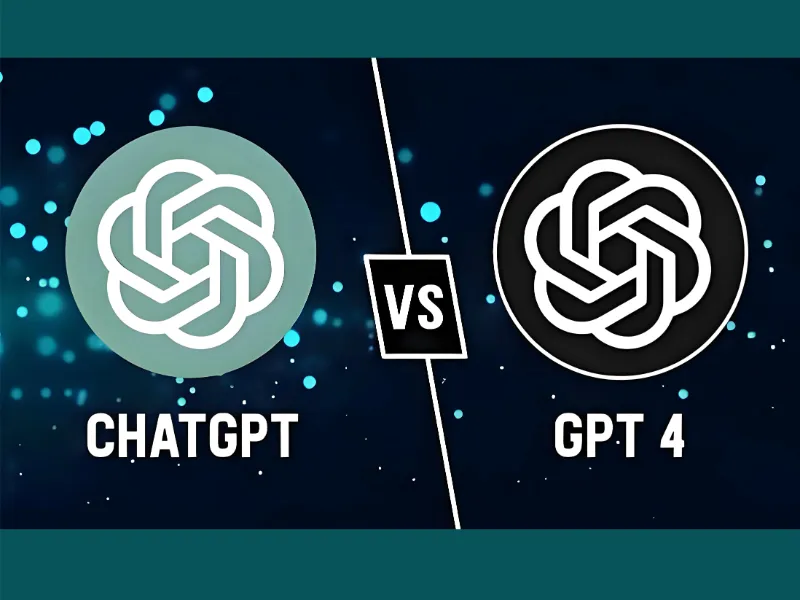- GPT-4, or Generative Pre-Trained Converter 4, is the latest iteration of the OpenAI language model family.
- Compared with ChatGPT, GPT-4 can process image content, support semantic interpretation of graphics, dealing with problems more accurately.
GPT-4 and ChatGPT are both natural language processing models developed by OpenAI, but they differ greatly in functionality and application. GPT-4 is a pre-trained model, while ChatGPT is a fine-tuned model for conversation tasks. This means that GPT-4 can be adapted for a wider range of tasks, while ChatGPT is better suited for conversation tasks. This blog post details more of the differences between them.
What is ChatGPT and GPT-4
ChatGPT is a high-level language model developed by OpenAI. It is designed to understand and generate human-like text based on the input it receives. ChatGPT excels at drafting emails, answering questions, providing explanations, and even engaging in creative writing. However, it does not have real-time access to the Internet and can only generate responses based on patterns in the training data, which can sometimes lead to inaccuracies.
GPT-4, or Generative Pre-Trained Converter 4, is the latest iteration of the OpenAI language model family. Compared to the previous version, it features enhanced language understanding, improved context awareness, and better handling of ambiguity. Trained on large and diverse data sets, GPT-4 excels at generating coherent, creative text and reducing bias and misinformation. However, it lacks real-time Internet access and can still produce inaccurate information, so users should independently verify important information. GPT-4 is widely used in applications such as customer support, content creation, education, brainstorming, and programming.
Also read: OpenAI releases GPT-4o Mini, a cheaper version of AI model
Difference in comprehension and reasoning ability
Both GPT-4 and ChatGPT are deep learning-based natural language generation models, but there are important differences between them.
Using deep learning methods, GPT-4 can think about complex and abstract problems, infer the internal connections of things such as causality and logical transmission according to the content, and adjust coping strategies according to the given context and the fact that the meaning of the text changes the target, showing a very intelligent performance.
ChatGPT has an average understanding and reasoning ability and can only carry out simple understanding and reasoning.
Also read: OpenAI’s SearchGPT: Challenging Google’s search dominance
Difference in the richness of knowledge
GPT-4 can generate various types of text output based on arbitrary text input, such as articles, poems, dialogues, etc.
The advantage of GPT-4 is that it can adapt to different fields and scenarios, with strong generalisation ability and creativity. Its answer is accurate and deep, it can deal with math problems, physics problems, can analyse the popular content of the network for induction and summary, and also can interpret documents, cartoons, and other content, explain and generate their meaning.
ChatGPT may give incorrect or contradictory answers to the questions asked, and may even generate some illogical or irrelevant content, or lack domain specific expertise, which is not very AI intelligent.
Difference in visual analysis ability and application
GPT-4 has the visual analysis capability that ChatGPT does not have, it can not only recognise text content, but also process visual content such as images and videos, and can recognise, describe, generate and edit this visual content. In addition, GPT-4 also has a broader application prospect, it has the normal level of human language understanding and expression ability, can play its own value in various fields, such as the role of intelligent assistant, entertainment partner, learning assistant, educational tool and so on.
ChatGPT can only process limited tasks within a specific range, and does not have such diversity, complexity, real-time and intelligent scene response capabilities.

